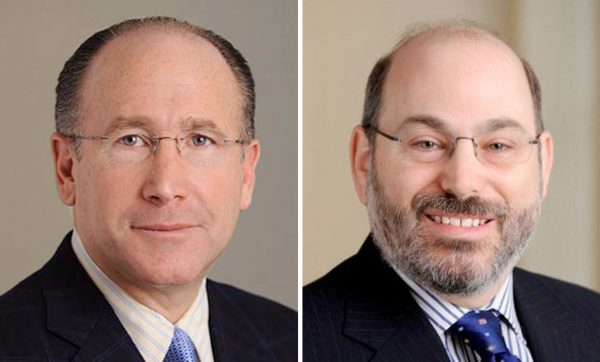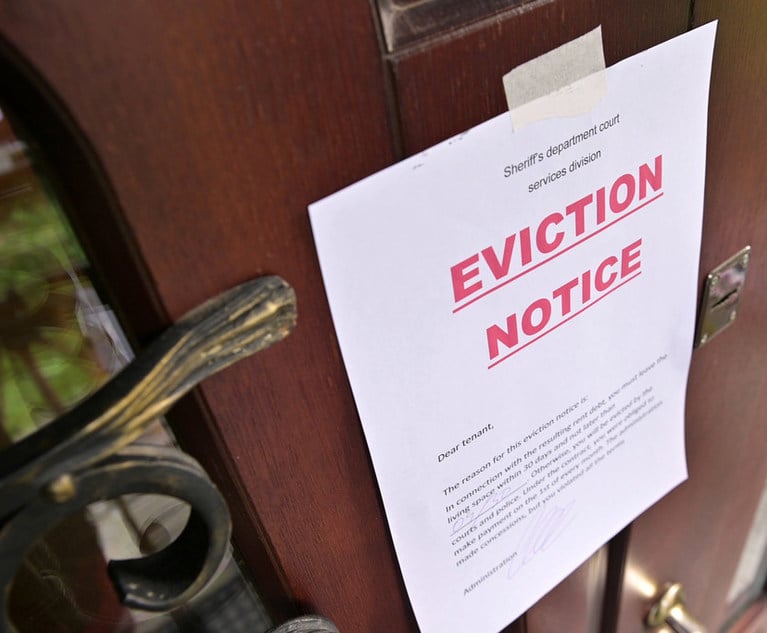Exercising remedies on a mortgage loan requires swift access to the courts, which, in the first instance, will be contingent upon the lender establishing its standing to foreclose. Any delay to the lender in advancing its action against the borrower can be damaging to the lender’s position and/or result in economic injury to the lender. We have previously discussed in this publication the state of the law in New York with respect to a lender’s standing in a foreclosure action. Most recently, we discussed the New York Court of Appeals decision in Aurora Loan Services v. Taylor (25 NY3d at 358, 2015), which refined the requirements for a lender to assert standing to foreclose. In this article, we will review a recent case, Green Tree Servicing, LLC v. Molini (98 N.Y.S.3d 136, 2nd Dept., 2019), and how the opinions by the majority and the dissent indicate a certain hesitance in embracing the full import of the Aurora decision.
‘Aurora’
In Aurora, the defendant executed a note to First National Bank of Arizona on July 25, 2006. The note was secured by a mortgage executed in favor of Mortgage Electronic Recording Systems (MERS), as nominee for First National Bank of Arizona, which mortgage encumbered the defendant’s home. In March 2006, the loan was securitized together with other residential mortgage loans pursuant to a pooling and servicing agreement (the PSA). The note was assigned by allonge to Deutsche Bank Trust Company Americas (Deutsche), as trustee. The allonge also showed that the note had been previously transferred and endorsed, through mesne assignments, to two other entities prior to being assigned to Deutsche. Aurora Loan Servicing, (Aurora) became the master servicer on April 1, 2008 pursuant to a master servicing assignment and assumption agreement (MSAAA). The mortgage, although never assigned to Deutsche, was assigned by MERS to Aurora in August 2009. Aurora averred that it took custody of the note on May 20, 2010. The note was not otherwise assigned to Aurora.


 Jeffrey B. Steiner and Scott A. Weinberg
Jeffrey B. Steiner and Scott A. Weinberg




